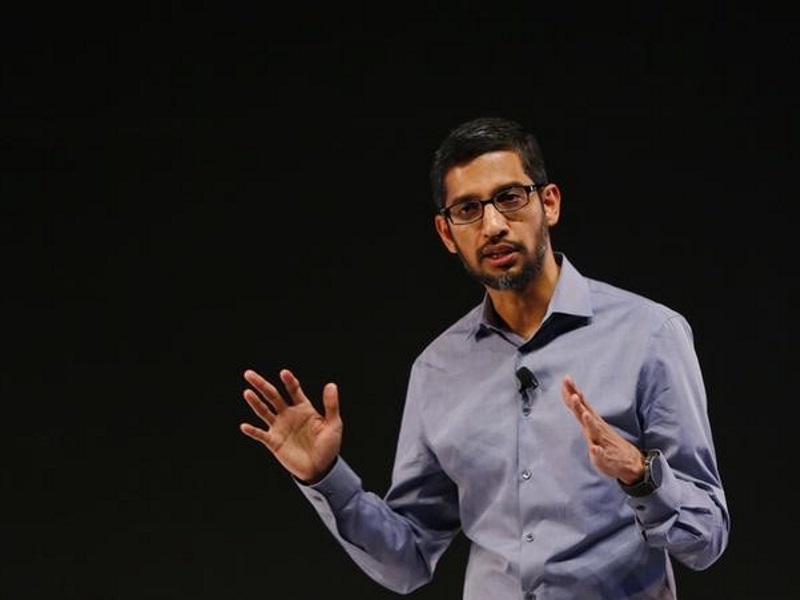
New Google leader Sundar Pichai pledged on Wednesday to use India as a testing ground for its products as the US tech giant targets hundreds of millions of consumers in the developing world set to move online in the next few years.
“We think that what we build in India will apply to many global places,” Indian-born Pichai, appointed chief executive officer in August, told reporters at an event in New Delhi.
With Internet penetration already topping more than 90 percent in many developed markets, Google is increasingly betting on large developing countries like India as a future source of growth. The company does not disclose how much it has invested in India.
Google expects more than 500 million Indians to be online by 2018, up from around 300 million today. But Pichai said that with most new users accessing the Internet via cheap smartphones instead of desktops, poor mobile connectivity is forcing the company to adapt how it structures and sells its software.
Google’s CEO said the company would train two million Indian developers for its Android operating system by 2019, promote Internet use among rural women in thousands of villages, and expand its campus in Hyderabad to get more people online.
“It’s about making sure that as the next one billion come online, they have access,” he said during a visit to the Indian capital, where he is also scheduled to meet Prime Minister Narendra Modi. There are likely to be more users of Google’s Android software in India than in the United States next year, Google said in a statement.
Pichai cited user-generated maps, as well as a version of YouTube that allows consumers with limited Internet access to store videos offline, as two recent examples of products developed in India that have since been rolled out to other countries.
Google is also working with Indian Railways to bring wireless Internet service to 100 train stations, with Mumbai Central the first to go online in January. It’s also working on increasing the number of local languages available on its virtual keyboard to target non-English speakers.
[Source:-Gadget360]
